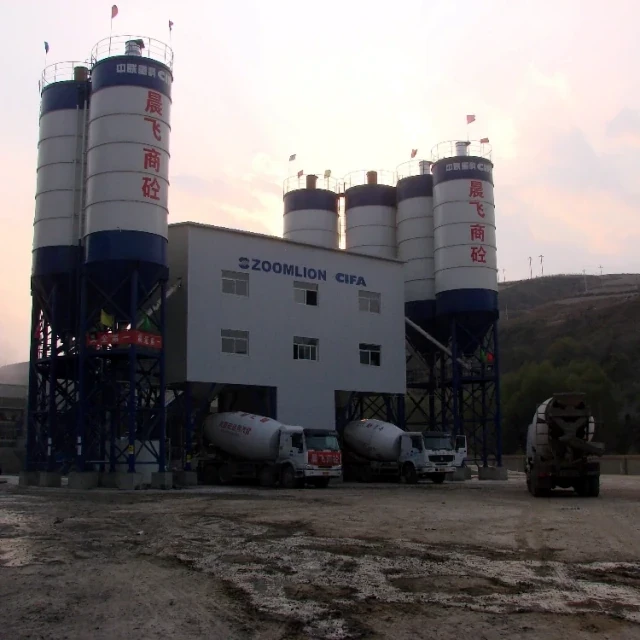Introduction
Winter poses unique challenges for concrete production, where water systems are vulnerable to freezing temperatures that disrupt hydration and damage infrastructure. This guide delivers a systematic solution combining chemical antifreeze agents with physical protection methods—ensuring operational continuity while optimizing cost-efficiency. Whether you’re managing pipelines or batching plants, these strategies are designed to mitigate risks without compromising material integrity.
Winter Challenges in Concrete Water Systems
Critical Temperature Thresholds for Hydration
Concrete hydration slows below 40°F (4°C) and stops entirely at freezing points, leading to weak structural bonds. Key risks include:
- Incomplete curing: Ice formation prevents water from reacting with cement particles.
- Surface scaling: Thaw-freeze cycles create microcracks in partially set concrete.
Did you know? A single freeze event can reduce compressive strength by up to 50% in fresh concrete.
Impact of Freezing on Pipeline Integrity
Water expansion during freezing exerts 30,000 psi of pressure on pipes and valves, causing:
- Bursts in supply lines, halting production.
- Seal failures in pumps and joints, requiring costly repairs.
Comprehensive Antifreeze Solutions
Chemical Additive Classifications
Selecting the right antifreeze admixture depends on temperature ranges and cement compatibility:
| Type | Function | Temperature Limit |
|---|---|---|
| Calcium Nitrate | Accelerates hydration | Down to 20°F (-7°C) |
| Glycol-Based | Lowers freezing point | -30°F (-34°C) |
| Non-Chloride | Prevents corrosion in rebar | 15°F (-9°C) |
Pro Tip: Always test admixtures with your cement mix—some can delay setting times or alter slump flow.
Material Compatibility Considerations
- Avoid chlorides in reinforced concrete to prevent steel corrosion.
- Polycarboxylate superplasticizers may clash with certain antifreezes; lab-test combinations first.
Physical Protection Systems
Insulation Material Selection Guide
Insulation effectiveness is measured by R-value. Top choices for concrete plants:
- Closed-cell foam: R-6 per inch; moisture-resistant for outdoor pipes.
- Fiberglass wraps: R-4 per inch; economical for stationary equipment.
- Heated blankets: Temporary solution for extreme cold snaps.
Active Heating Implementations
For temperatures below -10°F (-23°C), integrate:
- Trace heating cables: Maintain 50°F (10°C) in pipelines.
- Circulating hot water systems: Ideal for large-volume storage tanks.
Ever wondered how Arctic construction projects keep concrete workable? They use heated enclosures with thermostatically controlled heat tracing.
Best Practice Integration
Cost-Effectiveness Analysis
- Chemical-only approach: $0.50–$2 per gallon of water; suitable for mild winters.
- Hybrid method (chemical + insulation): Upfront cost 20% higher but reduces energy use by 40% long-term.
Maintenance Protocol Optimization
-
Pre-winter checklist:
- Flush systems to remove sediment.
- Inspect insulation for gaps.
-
Mid-season monitoring:
- Test antifreeze concentration monthly.
- Check heating elements for consistent output.
Conclusion & Actionable Steps
Winterizing water systems isn’t just about preventing freeze-ups—it’s about sustaining productivity and safeguarding equipment. Implement these steps today:
- Audit your system’s vulnerability points (e.g., exposed pipes, unheated storage).
- Blend chemical admixtures tailored to your climate and mix design.
- Invest in scalable insulation—prioritize high-traffic zones like batching lines.
For operations relying on Garlway construction machinery, ensure compatible winterization protocols are applied to auxiliary equipment like winches and mixers. By merging chemistry with physics, you’ll conquer winter’s worst with confidence.
Related Products
- HZS75 Concrete Batching Plant Cement Mixer Price Concrete Mixer Bunnings Mixing Plant
- HZS180 Ready Mix Concrete Plant for Foundations with Sand and Cement
- Portable Concrete Mixer Machine Equipment for Mixing Concrete
- HZS120 Ready Mix Concrete Batching Plant Commercial Mud Cement Mixer
- HZS35 Small Cement Concrete Mixing Batch Plant
Related Articles
- How to Prevent Equipment Failure in Concrete Mixing Stations: A Safety Inspector’s Guide
- How Commercial Concrete Mixing Plants Cut Costs and Boost Project Flexibility
- How to Choose Between Concrete and Stabilized Soil Mixing Plants for Optimal Project Performance
- Optimizing Concrete Plant Storage: How to Balance Capacity, Compliance, and Costs
- How to Diagnose, Repair, and Prevent Cylinder Leaks in Concrete Mixing Stations














